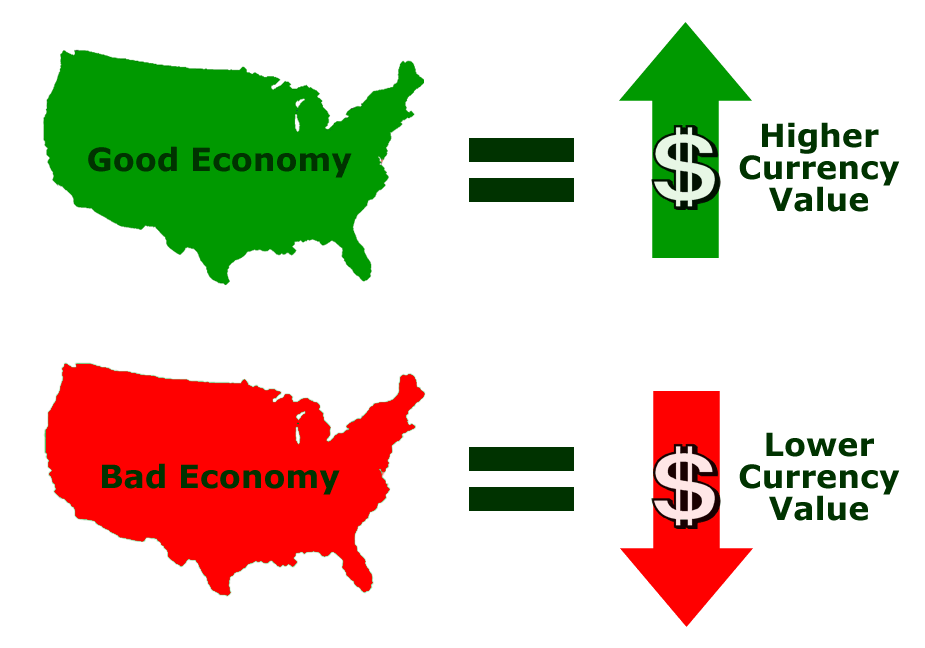Fundamental analysis
Information is not investment advice
Before delving into the key elements of fundamental analysis, let us define the meaning of this word combination. Fundamental analysis is a study of the underlying factors that drive the market. This type of analysis is based on economic data and news events. When a trader builds a strategy, he/she takes into consideration the dynamics of such economic indicators as inflation, interest rates, retail sales, jobs data, etc. You will find all important data releases in the economic calendar. We told you about it in a beginner tutorial.
News events include announcements of central bank governors; discussions of intercountry issues, for example, Brexit; replacements of government members. Some news can be predicted, others cannot – in this case, traders have to adjust to the new situation.
Key elements
A challenge of fundamental analysis is to learn how to interpret changes in economic data and speeches of authorities.
We will explain you in more details how the changes in economic data influence currency exchange rates in the next lesson. Remember though the key logical rule: a domestic currency will rise if a country’s economic data improves and beats expectations. As you trade currency pairs in which two currencies are involved, you use fundamental analysis to compare economies of these countries. Whichever is stronger, the currency of that will rise versus the other one.

There are thousands of factors that influence the exchange rates, so many that you may become dizzy struggling to analyze all of them at once. But don’t worry! We are always ready to help you. We do hope that with our tutorial, you will easily learn everything you need to know about Forex fundamental analysis. OK, we won’t trouble you with loose talk anymore. Let us get down to business.
We told you the bare truth having said there are great many of economic indicators that may influence the currency’s price. Fortunately for us, the list can be narrowed down to a few key indicators (they are dubbed as the “market movers”). For the sake of simplicity, we decided to split all of them in four groups. Look at them in the next lesson Fundamental factors
Other articles in this section
- Timeframes
- Renko charts Japanese candlestick chart
- Types of charts
- Heiken Ashi
- Quantitative easing policy
- Pivot Points
- ZigZag
- Moving Average
- Williams’ Percent Range (%R)
- Relative Vigor Index (RVI indicator)
- Momentum
- Force index
- Envelopes
- Bulls Power and Bears Power
- Average True Range
- How to trade on central bank decisions?
- CCI (Commodity Channel Index)
- Parabolic SAR
- Stochastic Oscillator
- Relative Strength Index
- Oscillators
- ADX indicator
- Bollinger bands
- Trend indicators
- Introduction to technical indicators
- Support and resistance
- Trend
- Central Banks: policy and effects











